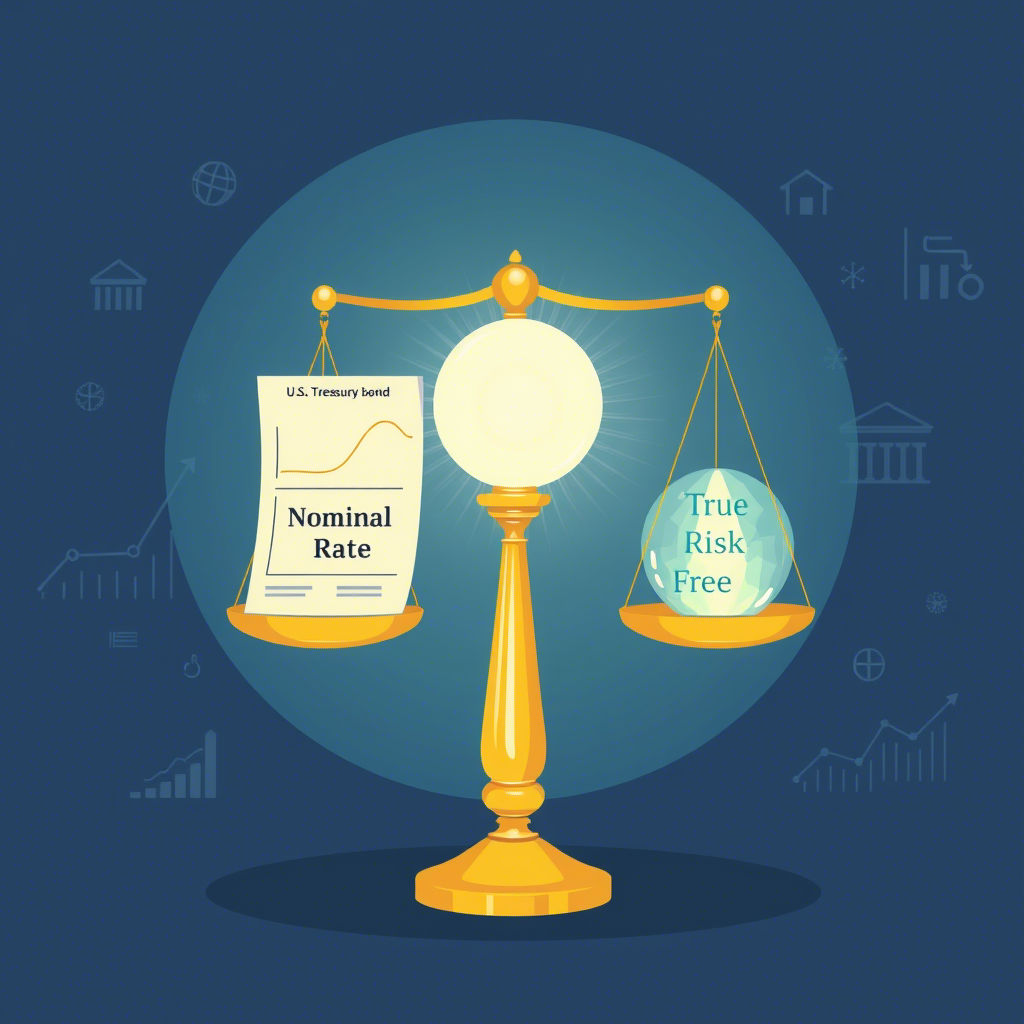Calculating a “True” Risk-Free Rate: India as an Example
Estimating a Risk-Free Rate: A Case Study of India:
Introduction:
In the realm of corporate finance and valuation, the risk-free rate is a critical benchmark used to determine both the cost of equity and the overall cost of capital ( WACC ), within a specific currency. Traditionally, practitioners have relied on sovereign bonds, particularly those issued in local currency by financially stable governments, as proxies for risk-free assets, under the assumption that these instruments carry negligible default risk. yet, historical experience reveals that sovereign defaults and restructurings, even on local-currency obligations, are not unheard of. As a result, the yields on such bonds often reflect an embedded default premium, challenging the notion of a truly " risk-free " benchmark.
Aswath Damodaran has popularized a straightforward yet powerful adjustment: strip out the sovereign default spread from the government bond yield to arrive at a purer “risk-free” rate. This blog post will explain:
Why this adjustment is necessary, the purpose and need for isolating the true risk-free rate.
How to perform the adjustment, an up-to-date, step-by-step walkthrough following Damodaran’s methodology, using India as a concrete example.
Governments Can Default on Local-Currency Debt:
Implications for Valuation and Capital Budgeting:
If you assume the raw 10-year bond yield is risk-free, you are implicitly baking in some probability of default. That makes your discount rate too high and valuation too conservative. Instead, by subtracting the default spread, you reclaim a cleaner, lower “risk-free” number that better reflects a zero-default‐risk investment.
A Two-Pronged Approach to Estimating Default Spreads
1) Ratings-Based Lookup:
Use a country’s local‐currency sovereign rating (e.g., Moody’s, S&P, or Fitch), then refer to a Damodaran‐published table mapping each rating to a typical default spread.
2)CDS-Based Market Measure:
If credit default swap (CDS) data are available, the quoted CDS spread (in basis points) can serve as a direct market estimate of default risk
2. Step-by-Step Example: India’s Local-Currency Risk-Free Rate
Below is a detailed walkthrough, for computing India’s 10-year “risk-free rate” in INR as of June 2025. Wherever possible, we cite the latest data and sources.
Why this matters: Damodaran’s lookup table maps each rating to a “default spread” estimate. For India’s Baa3 rating, we will extract that default spread in the next step.
Step 3: Fetch India’s Default Spread from Damodaran’s Table
What to find:
The “default spread” corresponding to Moody’s Baa3 rating in Damodaran’s Country Default Spreads and Risk Premiums table (January 9, 2025 update).
Clarification: Damodaran computes these spreads by averaging CDS spread data for each rating bucket and then interpolating when direct CDS quotes are unavailable.
OR, You could also get it from AI, like Chatgpt. all you need to do is, put this prompt on an AI tool like chatgpt,
"As per Aswath Damodaran recent data, info what is the default spread for India based on India's recent sovereign rating?"
Step 4: Compute the “True” Risk-Free Rate (INR)
When valuing an Indian company in rupees, compute:
India's Equity Risk Premium (ERP) can typically be estimated using data from sources such asDamodaran's country Default spreads and Risk Premiums, often cited at approximately 7.26% asof January 2025, or by adjusting historical ERP estimates to reflect current market VolatilitySo, As of Jan 2025, India's ERP is 7.26%, With Adjusted Risk-Free Rate of 4.03%, and if we assume a company to have a Beta of 1.75, then for that company, the Cost of equity would be,(4.03%+7.26%) x 1.75 = 0.197575 * 100Cost Of Equity = 19.75%2) Cost of Debt in INR



Comments
Post a Comment